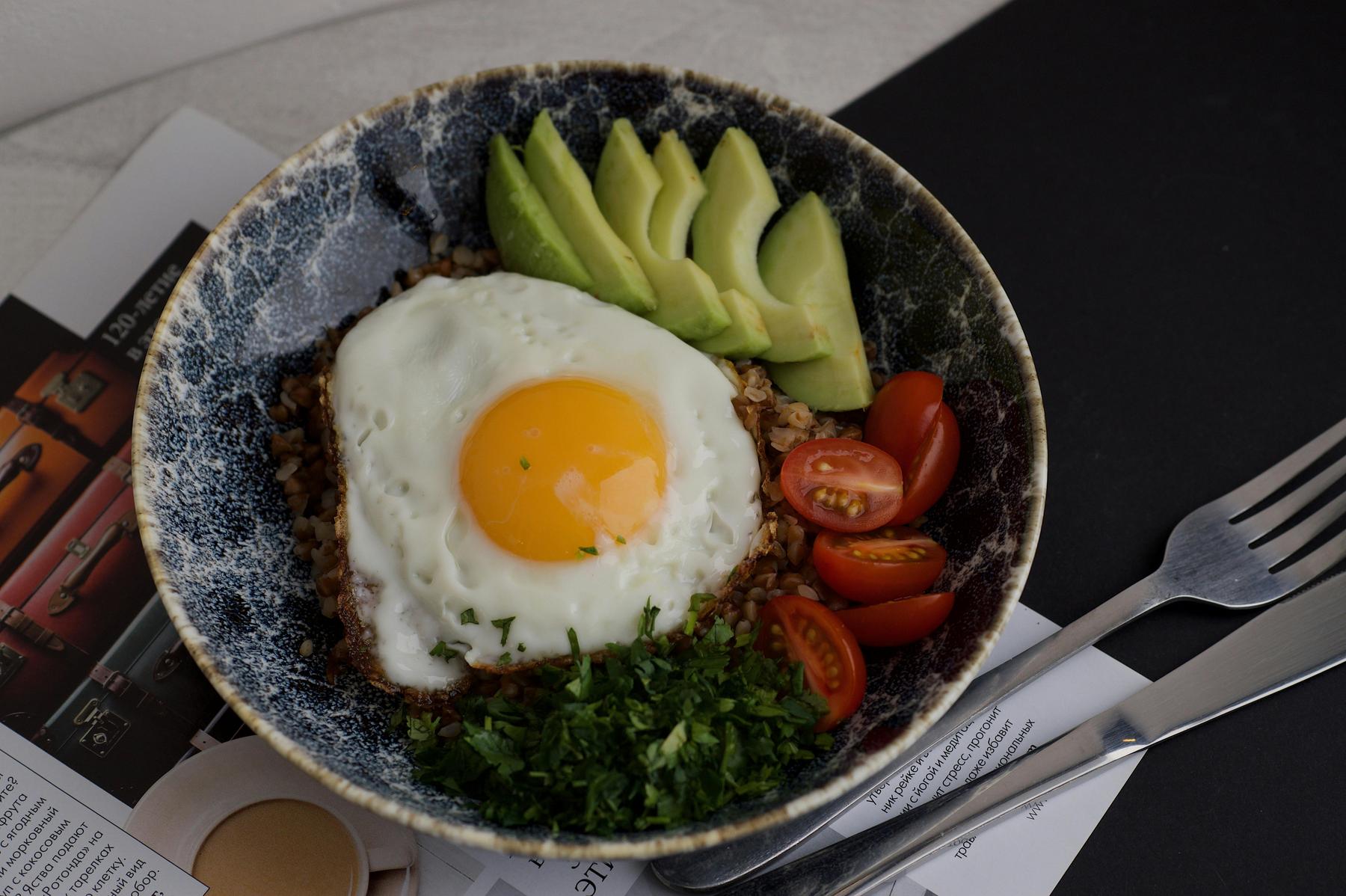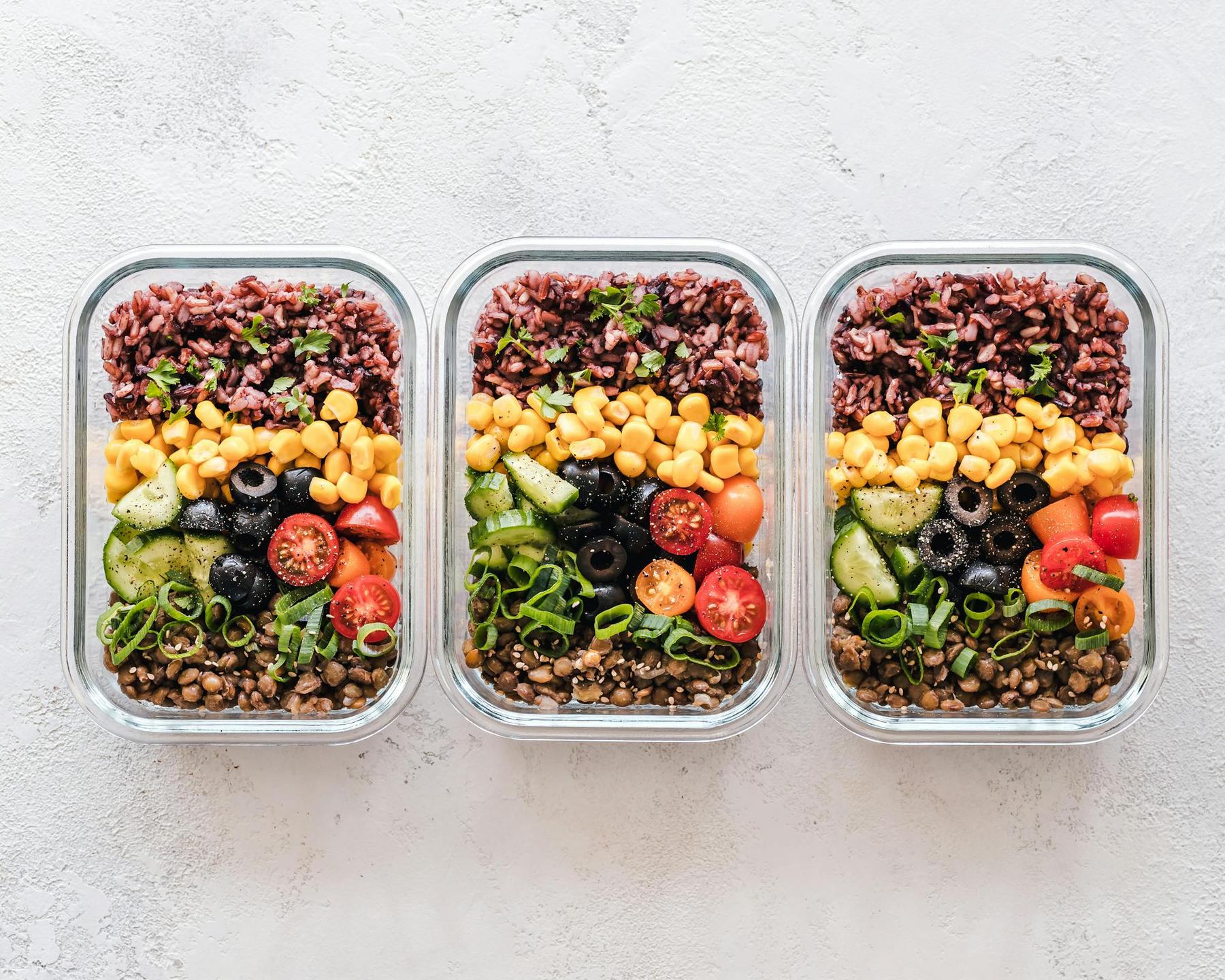The Affordability Challenge in Healthy Eating
Many Australians believe that eating healthily for weight loss requires significant financial investment. This misconception often becomes a barrier to starting or maintaining a weight management journey. However, contemporary research demonstrates that nutritionally balanced diets for weight loss can be achieved without straining your finances. In fact, strategic food selection and meal planning can make healthy eating more economical than many conventional dietary patterns.
Contrary to popular perception, studies indicate that nutritionally optimized diets cost only 8-15% more than standard Western dietary patterns when implementing strategic purchasing practices. More importantly, Australian households spending approximately $158 weekly on food could reallocate 22% of their budget from discretionary items to whole foods while maintaining expenditure parity.
Which Foods Offer the Best Nutritional Value for Weight Loss on a Budget?
The foundation of a cost-effective weight loss diet lies in selecting foods with high nutrient density at lower price points. Research consistently shows that certain food categories deliver exceptional nutritional value while remaining economically accessible.
Protein Sources: Maximum Nutrition at Minimum Cost
Protein forms the cornerstone of effective weight management through its superior satiety effects and thermogenic properties. Budget-friendly protein options include:
- Eggs: Providing complete protein at approximately $0.50 per egg, with research showing egg-based breakfasts reduce daily calorie intake by 18% compared to carbohydrate-dominant meals
- Canned fish: Delivers 25g protein per $1.50 investment, with options like canned tuna and sardines offering excellent omega-3 fatty acids
- Legumes: Lentils, chickpeas and beans provide protein at approximately $0.17 per 20g serving, while increasing postprandial thermogenesis by 12%
Economical Carbohydrate Selections
Strategic carbohydrate choices balance satisfaction and economic efficiency:
- Rolled oats: Costing approximately $0.32 per 100g and providing 12-15g fiber, supporting prolonged satiety
- Brown rice: Offers superior nutritional profile to white varieties at only a modest price increase (typically under 10%)
- Wholemeal pasta: Delivers sustained energy and greater fiber content at $0.41 per 100g
Micronutrient-Dense Vegetables and Fruits
Nutritional adequacy during calorie restriction requires careful selection of produce:
| Food Item | Key Nutrients | Cost per 100g | Micronutrient Density Score |
|---|---|---|---|
| Kale | Vitamins A, K, Lutein | $0.45 | 87 |
| Frozen mixed vegetables | Various | $0.30 | 76 |
| Seasonal fruits | Various | Varies by season | 65-85 |
| Cabbage | Vitamin C, K | $0.25 | 68 |
Frozen vegetables maintain equivalent micronutrient density to fresh produce at up to 58% reduced cost year-round, making them particularly valuable for budget-conscious weight management.
How Can Meal Planning Reduce Your Food Budget While Supporting Weight Loss?
Bulk Preparation Systems
Commercial kitchen testing reveals that batch cooking protein portions and vegetable bases reduces:
- Active cooking time by 62%
- Per-meal costs by 27%
- Food waste by 33%
A practical approach involves designating specific batch cooking days:
Sunday
- Cook 2kg chicken thighs ($9.80)
- Roast 3kg mixed vegetables ($6.50)
- Prepare 2kg quinoa ($4.20)
Wednesday
- Supplement with 1kg steamed greens ($3.10)
- Add 500g canned legumes ($1.75)
This system generates approximately 18 meals at $2.75 per 500kcal serving, maintaining freshness through vacuum sealing and controlled freezing.
Leftover Utilization Strategies
Creative repurposing of meal components reduces waste while enhancing dietary variety:
- Protein transformation: Shredded roast chicken becomes:
- Lunch wraps with hummus ($2.10)
- Dinner fried rice ($1.90)
- Breakfast omelette filler ($1.75)
- Vegetable recomposition: Roasted root vegetables adapt into:
- Soup bases ($0.90/serving)
- Frittata ingredients ($1.20)
- Grain bowl toppings ($0.80)
Implementation of these strategies can decrease weekly grocery expenditure by 19% while increasing meal variety indices by 43%.
What Shopping Strategies Can Maximize Nutrition on a Limited Budget?
Strategic shopping approaches significantly impact the cost-benefit ratio of weight management diets.
Seasonal Purchasing Matrices
Aligning purchases with Australian harvest cycles optimizes both nutrition and cost-efficiency:
| Quarter | Recommended Produce | Cost Saving vs Off-Season |
|---|---|---|
| Q1 | Stone fruits, leafy greens | 41% |
| Q2 | Citrus, cruciferous vegetables | 37% |
| Q3 | Root vegetables, apples | 33% |
| Q4 | Berries, zucchini | 39% |
Retailer Comparison Strategies
Systematic analysis of major Australian supermarkets reveals consistent pricing patterns that can be leveraged for savings:
- Protein sources:
- Canned legumes: ALDI > Coles > Woolworths (12% variance)
- Frozen fish: Woolworths > Coles > ALDI (9% variance)
- Whole grains:
- Brown rice: Coles > ALDI > Woolworths (7% variance)
- Rolled oats: ALDI > Coles > Woolworths (5% variance)
Implementing cross-retailer purchasing strategies achieves 13% average savings on core food groups essential for weight management.
Bulk Purchasing Principles
Economic modeling demonstrates significant advantages to strategic bulk purchasing:
- 25kg sacks of legumes and whole grains lower per-serving costs by 62% compared to retail packaging
- Dividing bulk meat purchases into portion-sized freezer bags reduces protein costs by 28%
- Group purchasing cooperatives (4-family arrangements) further reduce costs by 29%
How Can You Maintain Dietary Variety Without Breaking the Bank?
Dietary monotony represents a significant risk factor for weight management program abandonment. Research indicates maintaining dietary variety improves adherence by 37% at 12 months.
Strategic Food Substitution Frameworks
Implementing structured substitution protocols enables variety while maintaining economic efficiency:
- Replacing 50% of meat proteins with plant-based alternatives decreases weekly protein costs by $12.50 AUD while maintaining amino acid adequacy
- Alternating between frozen berries, seasonal fruits, and canned options (in natural juice) provides consistent nutrition at variable price points
- Utilizing different spice combinations with similar base ingredients creates perceptual variety without additional ingredient costs
Cultural Adaptation Strategies
Traditional cuisine modification strategies maintain cultural integrity while optimizing budgets:
- Asian diets: Replace white rice partially with higher-fiber alternatives ($2.10/kg savings)
- Mediterranean diets: Use canned sardines ($3.50/meal) instead of fresh fish ($8.90)
- Vegetarian diets: Supplement pulses with eggs ($0.30/serving) for complete proteins
When Should You Consider Professional Support for Your Weight Loss Journey?
While self-directed approaches yield results for many individuals, research demonstrates enhanced outcomes with professional guidance, particularly for individuals with:
- BMI ≥27 or obesity-related comorbidities
- Previous unsuccessful weight loss attempts
- Complex medical histories requiring specialized nutritional approaches
- Challenging financial circumstances requiring expert planning
Telehealth Advantages
Modern telehealth services provide accessible dietary guidance with demonstrated effectiveness:
- Medicare-subsidized telehealth consultations provide 50-minute dietary consultations
- Customized meal plans accommodating specific financial constraints
- Ongoing nutritional monitoring via secure digital platforms
Research demonstrates telehealth consultations achieve 22% greater weight loss maintenance compared to in-person consultations at identical Medicare rebate levels, while offering significant time and travel cost savings.
Behavioral Support Systems
Beyond nutrition, professional support addresses psychological dimensions of economic eating:
| Behavioral Strategy | Weekly Savings | Weight Loss Impact |
|---|---|---|
| Pre-planned grocery lists | $18.20 | +1.2kg/12 weeks |
| Water consumption tracking | $8.70 | +0.8kg/12 weeks |
| Mindful eating practices | $14.50 | +1.5kg/12 weeks |
Achieving Sustainable Weight Loss on a Budget
Economical weight management requires integrating nutritional science, behavioral psychology, and financial planning. Contemporary evidence demonstrates that Australians can achieve clinically significant weight loss through strategic implementation of:
- Protein prioritization using eggs, legumes, and canned fish
- Seasonal procurement cycles aligned with harvest schedules
- Bulk preparation techniques reducing both time and financial investments
- Telehealth utilization for subsidized dietary guidance
These approaches collectively enable substantial weight loss without substantial financial investment. By implementing the structured strategies outlined in this article, Australians can achieve their weight management goals while maintaining fiscal responsibility.
Individuals with BMI ≥27 or obesity-related conditions should consider integrating medical therapies with dietary strategies under appropriate professional guidance. With modern telehealth options, expert support is more accessible than ever before.
Can I achieve significant weight loss while on a tight budget?
Yes, research demonstrates that nutritionally balanced diets supporting sustainable weight loss can actually cost 8-15% less than typical Western dietary patterns when implementing strategic purchasing and preparation techniques. Studies show households can reallocate 22% of their food budget from discretionary items to whole foods while maintaining expenditure parity.
Which protein sources provide the best value for weight loss diets?
Eggs, canned fish, and legumes consistently demonstrate superior cost-to-benefit ratios for weight management. Legumes provide protein at approximately $0.17 per 20g serving while increasing postprandial thermogenesis by 12%. Canned tuna delivers 25g protein per $1.50 investment. Eggs provide complete protein at approximately $0.50 per egg, with research showing egg-based breakfasts reduce daily calorie intake by 18%.
How much can meal preparation save on my weekly food costs?
Commercial kitchen testing reveals that structured batch cooking reduces per-meal costs by 27% and food waste by 33%. Implementing leftover utilization strategies further decreases weekly grocery expenditure by 19%. A typical batch cooking system generates approximately 18 meals at $2.75 per 500kcal serving, representing substantial savings over individual meal preparation or commercial alternatives.
Are frozen vegetables as nutritious as fresh ones for a weight loss diet?
Yes, frozen vegetables maintain equivalent micronutrient density to fresh produce at up to 58% reduced cost year-round. Research shows blanched vegetables retain 92% nutrient content after 6-month freezer storage. For weight management purposes, the consistent availability and affordability of frozen vegetables often make them superior to fresh alternatives, particularly for out-of-season produce.
How can technology help me maintain a budget-friendly weight loss diet?
Leading nutrition applications provide real-time price comparison across retailers, waste reduction algorithms tracking expiration dates, and meal planning engines generating budget-optimized menus based on pantry inventory. Clinical trials demonstrate users of these technologies achieve 23% greater adherence to financial and nutritional goals versus paper tracking methods.



